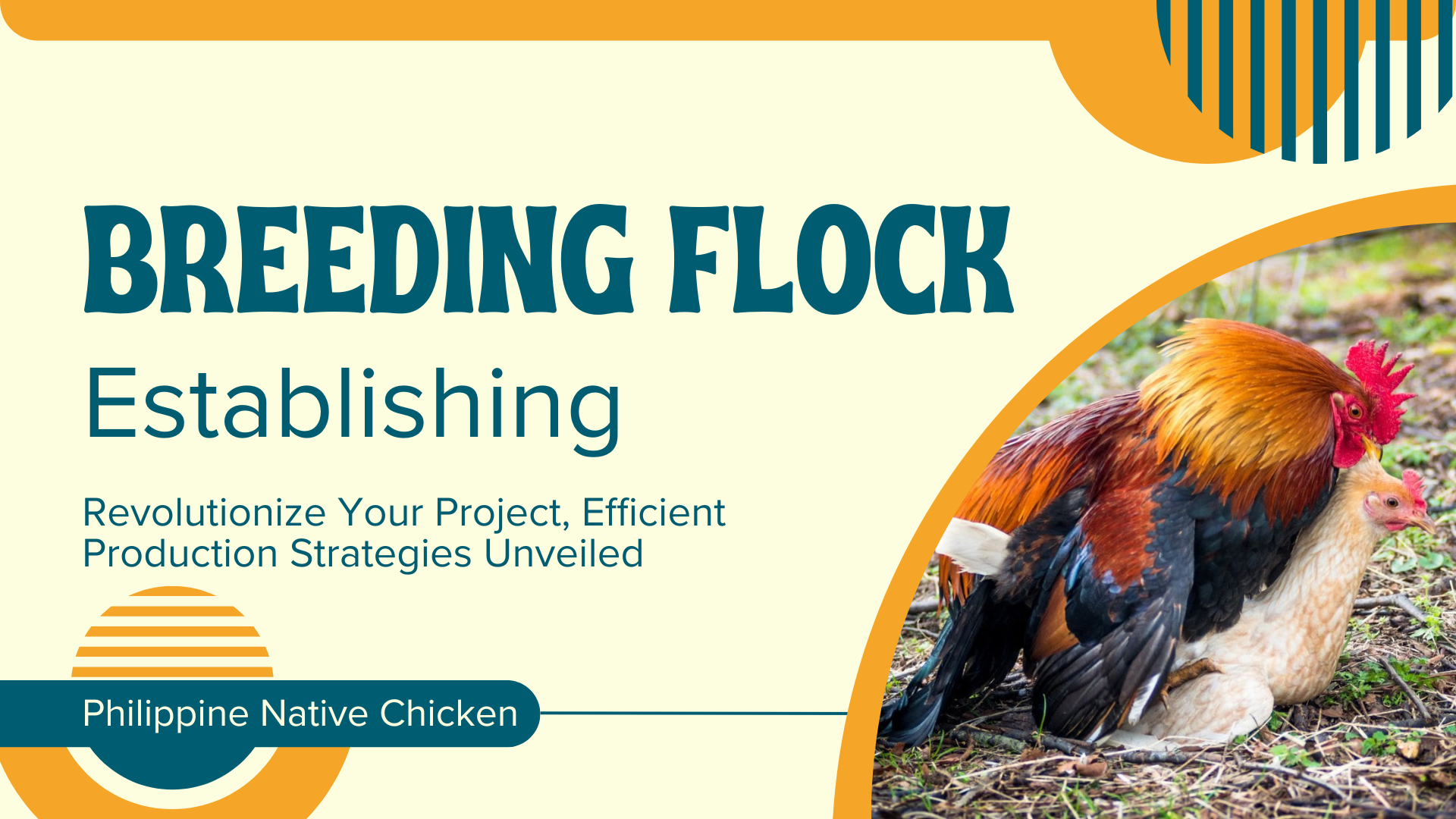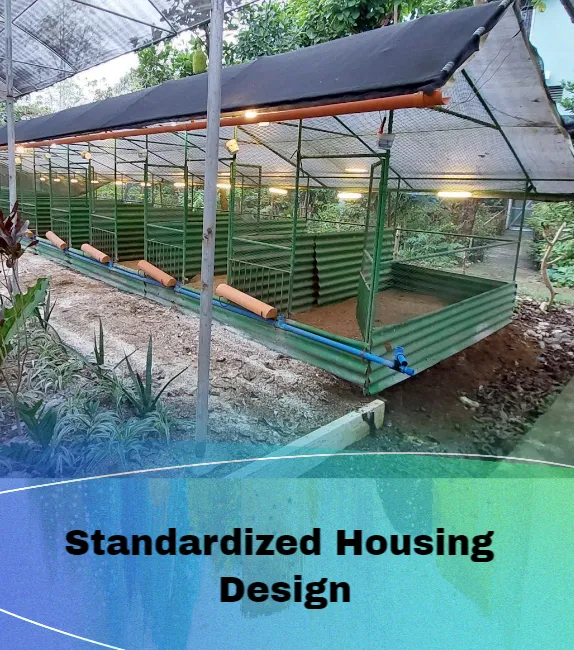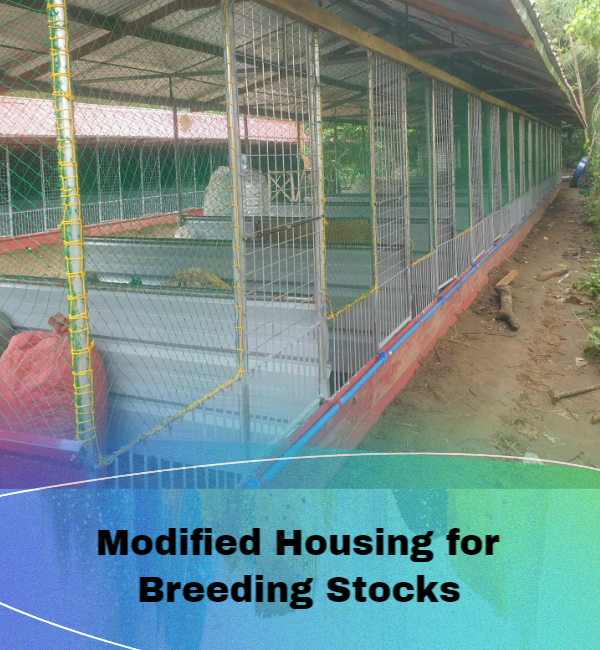

The Central Philippine University Research Center for Philippine Native Chicken is actively conducting research and providing support to the government's program on Philippine Native Animal Development. This program aims to conserve the local population of chickens in response to ever-changing environmental conditions. The center encourages the utilization of every region's local genetic resources to achieve this goal. By utilizing the local genetic resources, we can identify and use the genetic traits that are most suitable for the specific region, which can help ensure the survival and propagation of the local chicken breeds. The local chickens have the potential to thrive in their respective regions, as they have adapted to the environmental conditions and developed unique genetic traits. By conserving them, we can help preserve our cultural heritage and biodiversity. Proper knowledge and techniques are not just important, but crucial for the successful propagation of local chickens. The Center's comprehensive training and education on the proper techniques for breeding, feeding, and managing local chickens are designed to ensure their optimal growth and health. By implementing these techniques, local farmers cannot only increase their income but also play a significant role in the conservation of the local chicken breeds. This is a testament to the potential for growth and contribution that lies within our local farming communities.


The standardized housing design at the CPU Research Center for the Philippine Native Chicken for each pen is four feet wide by eight feet long, and the height from the highest portion of the roof is seven feet. This height can be adjusted based on the raiser's requirements. Several pens can be connected to form one house for breeder stocks. The roofing is made of UV plastic, about 200 microns beneath the 50% shade UV net. It allows for natural light to enter the housing, which is critical for the breeder stocks. The GI sheet on the side is used to prevent the overflow of the rice hull as litter material. The whole width of the GI sheet will be used as a separator for each pen to prevent the roosters between pens from fighting when they see each other.
Each pen should be lit with at least a three-watt LED bulb. The feeding and drinking troughs should be positioned outside the pen for easy feeding and cleaning. The drinking trough can be made up of at least an inch-diameter blue pipe with a corresponding T-pipe with an upper extension to serve as the trough for drinking the chicken. The cleaning can be done every other day by inserting a 1/2-inch rubber hose inside the blue and moving it in a circular motion to remove contaminants. An end cap should be installed on the end of the pipes, and the height of the extension trough over the T-pipe can be adjusted to prevent the overflow of water. There are no nest boxes inside the pens because the eggs are collected daily. For a blueprint of the housing, click HERE.
The housing design for domestic fowl is standardized, but only the materials for its construction can be modified. It can be changed according to local conditions and availability. It is important to note that the natural characteristics of local fowl differ from those of commercially available breeds, which may have been bred for specific traits such as faster growth or higher egg production. For the native chickens, when kept together in a larger flock size (more than 10 heads), competition between them becomes noticeable.
This type of housing is particularly suitable for larger phenotypic groups and crosses between the former and smaller phenotypic groups of native chickens in the country. The housing provides sufficient space for the birds to move around and express normal behaviors such as dust bathing, running, flying, and feeding. It also protects them from predators and adverse weather conditions.
Although the initial investment for this type of housing may be expensive, the longer useful life of approximately ten years makes the cost cheaper over time. Proper maintenance and regular cleaning can extend the lifespan of the housing even further. Additionally, providing suitable housing for domestic fowl can improve their health and welfare, leading to better production and overall profitability for the raiser.



